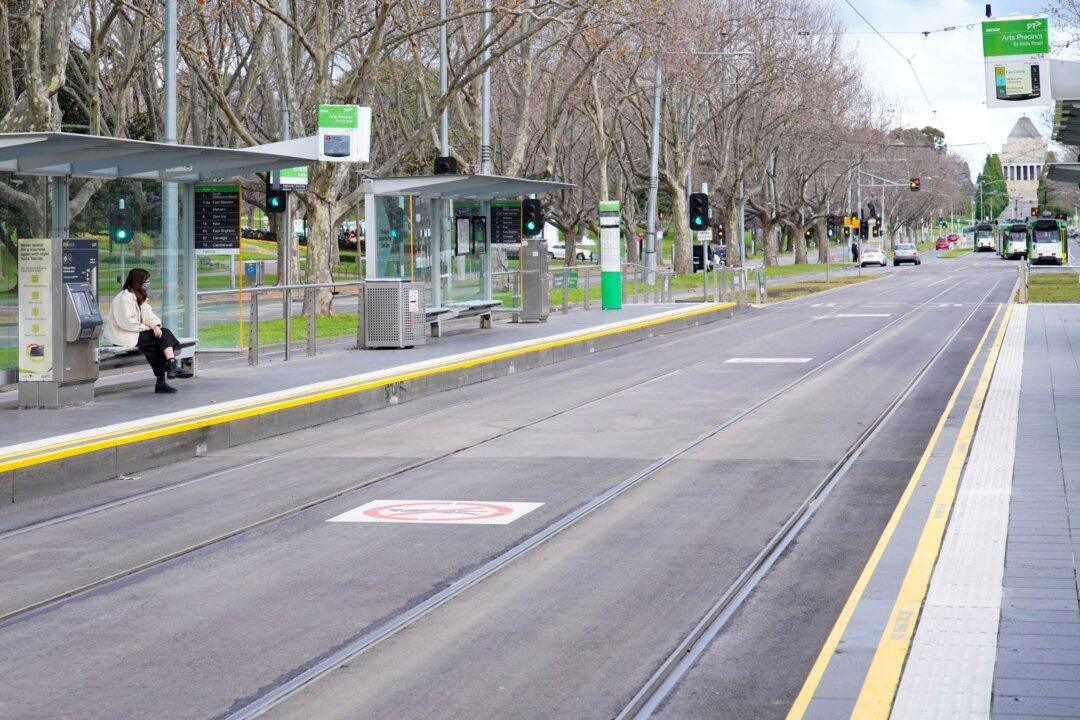The Victorian Ombudsman Deborah Glass has slammed the Victorian border permits system as “unjustly” and “inhumane” after investigating the Victorian government’s border exemption scheme.
Glass’s report, released on Dec. 7, stated that from Jul. 9 to Sep. 14, the Ombudsman received 315 complaints from jobless stranded Victorians who were paying double rent, caravanning pensioners without the internet being asked to provide documents they did not have, and a farmer who feared having to put down her animals.





